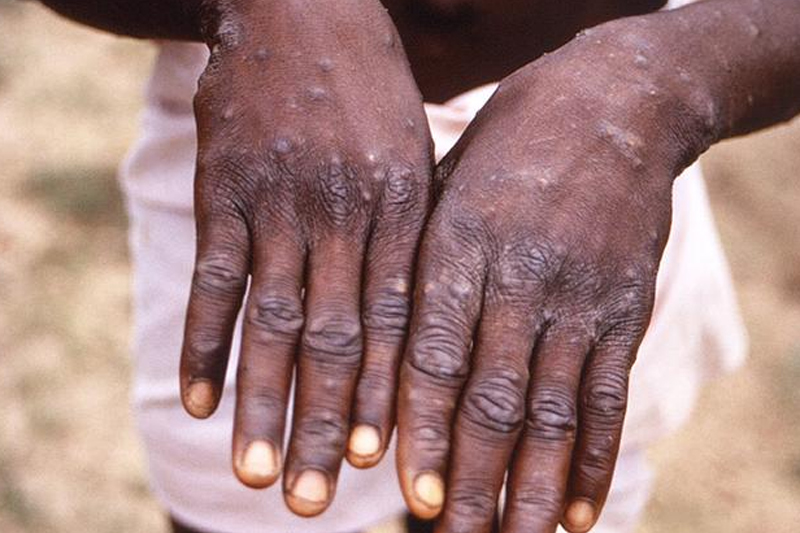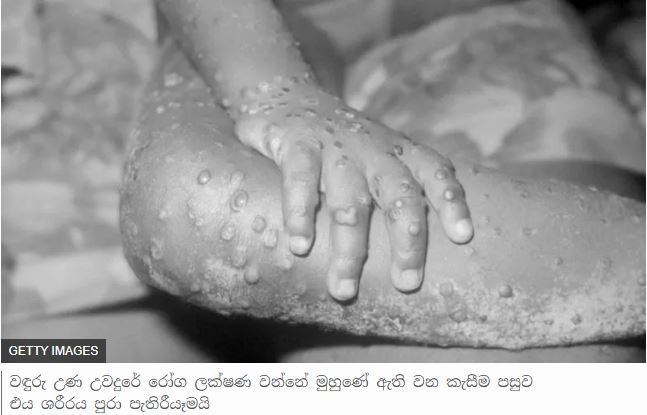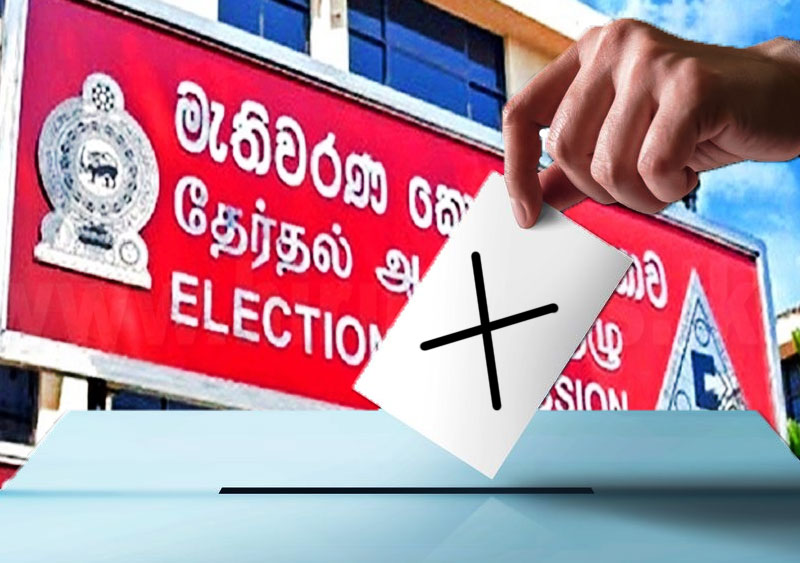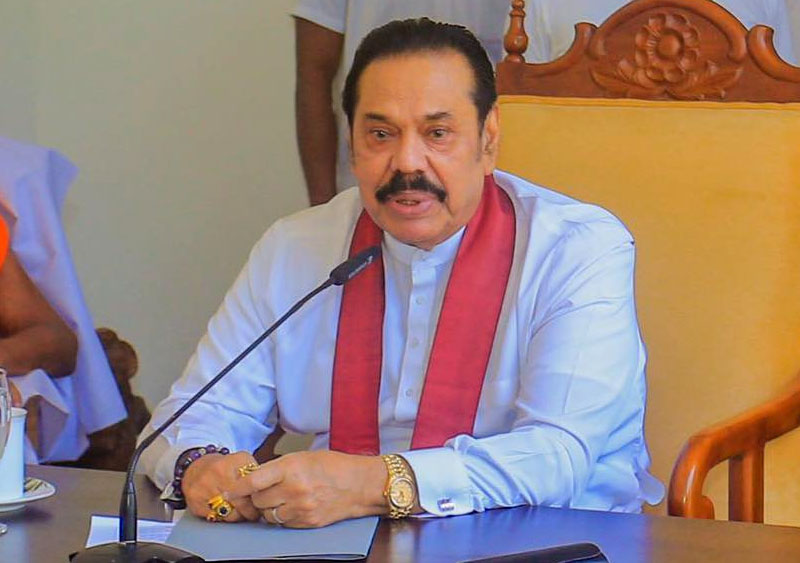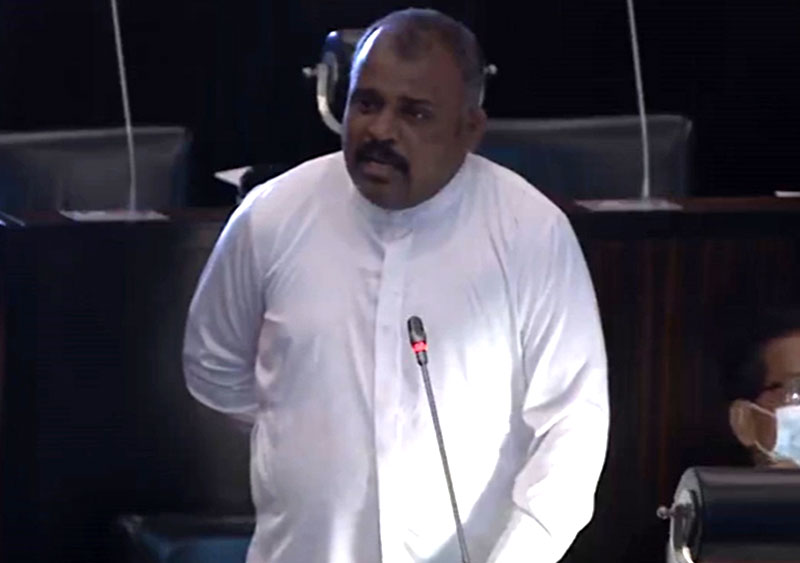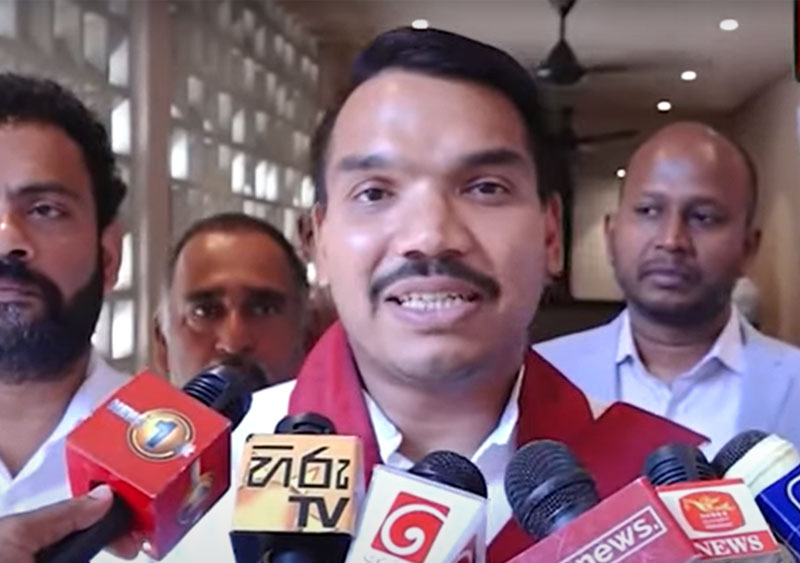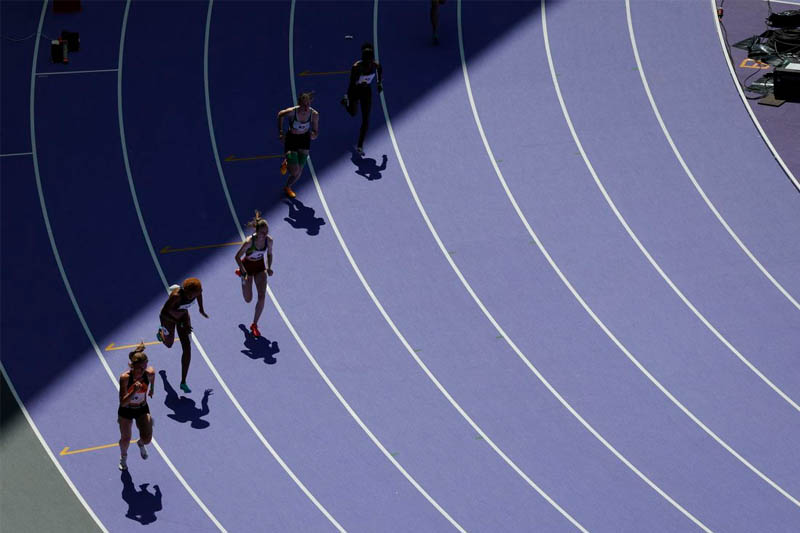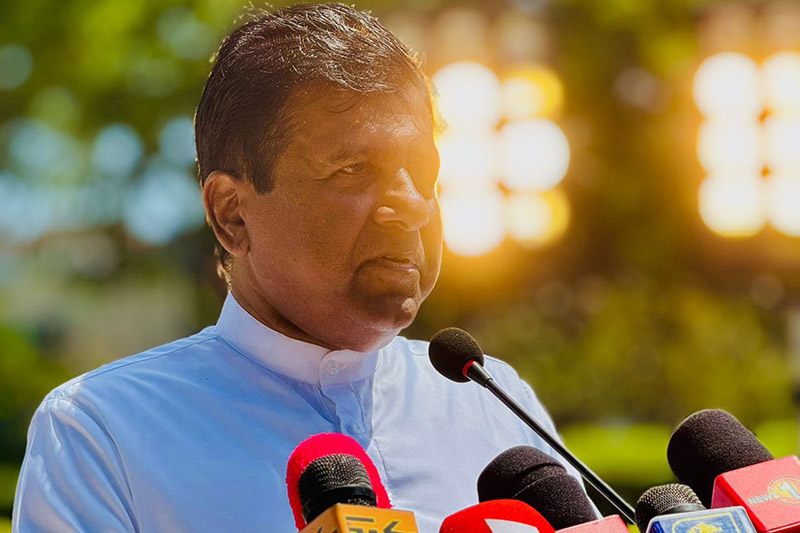Sri Lanka’s first monkeypox patient was confirmed yesterday (03).
He is a 20-year-old, who returned from Dubai on November 01.
A day after arrival, he was referred to the national sexually transmitted disease clinic with fever and skin blisters.
Samples taken from him tested positive for the monkeypox virus at the Medical Research Institute.
The patient is presently receiving treatment at the IDH.
Head of molecular biology at the University of Sri Jayewardenepura Dr. Chandima Jeewandara said Sri Lanka has the laboratory facilities to carry out tests for monkeypox.
Symptoms of monkeypox
According to the WHO, Monkeypox can cause a range of signs and symptoms.
While some people have less severe symptoms, others may develop more serious illness and need care in a health facility.
Those typically at higher risk include people who are pregnant, children and persons that are immunocompromised.
The most common symptoms of monkeypox identified during the 2022 outbreak include fever, headache, muscle aches, back pain, low energy and swollen lymph nodes, followed or accompanied by the development of a rash which may last for two to three weeks.
The rash can affect the face, palms of the hands, soles of the feet, groin, genital and/or anal regions.
It may also be found in the mouth, throat, anus or vagina, or on the eyes.
The number of sores can range from one to several thousand.
Sores on the skin begin flat, then fill with liquid before they crust over, dry up and fall off, with a fresh layer of skin forming underneath.
There are ongoing studies to keep track of and better understand symptoms during this new outbreak, including what parts of the body can be affected and how long symptoms may last.
Anyone who has symptoms that could be monkeypox or who has been in contact with someone who has monkeypox should call or visit a health care provider and seek their advice.
Symptoms usually go away on their own or with supportive care, such as medication for pain or fever.
People remain infectious until all of the sores have crusted over, the scabs have fallen off and a new layer of skin has formed underneath.
Three vaccines to treat monkeypox
There are three vaccines against monkeypox.
Although supplies are currently limited, get vaccinated if it is offered to you as they provide a valuable level of protection against the disease.
After you have been vaccinated, continue to take care to avoid catching and spreading monkeypox; this is because it takes several weeks to develop immunity after being vaccinated, and because we don’t yet know to what extent the vaccines protect you and if they stop you from infecting others as efficacy data in this outbreak setting is needed.
Some countries are recommending vaccination for persons at risk.
Many years of research have led to development of newer and safer vaccines for an eradicated disease called smallpox, which may also be useful for monkeypox.
Two of these (MVA-BN and LC16) have been approved for prevention of monkeypox.
Only people who are at risk (for example someone who has been a close contact of someone who has monkeypox) should be considered for vaccination.
Mass vaccination is not recommended at this time.
While the smallpox vaccine was shown to be protective against monkeypox in the past, current data on the effectiveness of newer smallpox/monkeypox vaccines in the prevention of monkeypox in clinical practice and in field settings are limited.
Studying the use of vaccines for monkeypox wherever they are used will allow for rapid generation of additional information on the effectiveness of these vaccines in different settings.

